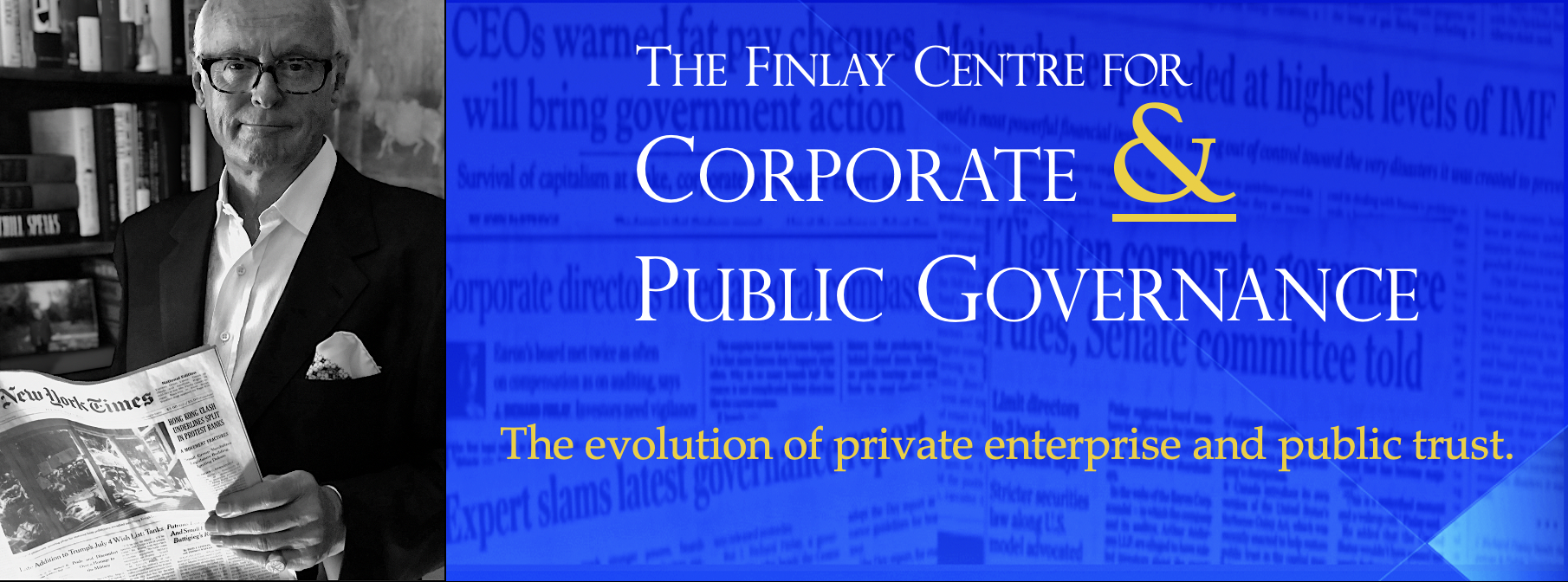The Brilliance of Fraudsters -or is it the Dimness of the Guardians?
As the fraud at Satyam is dissected, it will reveal red flags that should have been obvious to attentive bodies and a level of complacency on the part of directors, auditors and regulators that should never have occurred.
Once again, we are invited to believe that one man has outwitted a huge group of purportedly intelligent and conscientious directors (two were on the faculty of Harvard University) and PricewaterhouseCoopers, one of the largest accounting firms in the world, along with a host of securities regulators in India and the United States. The latest scandal installment comes with the resignation of B. Ramalinga Raju, founder and chairman of India-based (and NYSE traded) Satyam Computer Services Ltd., who admitted today in a letter to directors and securities regulators that he had committed accounting fraud to falsify profits.
We’ve been down this road before with Barings, Société Générale, Enron, WorldCom, Tyco, Computer Associates and Hollinger, to name a few. A similar drama on a particularly spectacular scale appears to be unfolding in connection with the alleged multi billion Ponzi scheme of Wall Street’s fabled Bernard Madoff. He, it is said, managed to fool the most sophisticated investors and regulators at the highest levels for a number of years.
Usually, it is the act of the individual culprit that most regard as the scandal. In truth, there is much that is scandalous in the actions, or very often inactions, of those entrusted with overseeing and regulating entities that operate with other people’s money.
As the fraud is dissected, it will reveal red flags that should have been obvious to attentive bodies and a level of complacency on the part of directors, auditors and regulators that should never have occurred. A good starting point would for the auditors, and the board audit committee, to explain how they could certify the books of a company where there was supposed to be a billion dollars in cash but in fact there was less than $100 million.
Good luck on that one.
